Explore Your Options Before Selecting A Major Cooking Appliance
This article explores the pros and cons of different cooktops and ranges to help you make an informed choice that suits your lifestyle. Whether you're remodeling your kitchen or designing one from scratch for a custom home, it’s important to think through a few key questions before selecting your main cooking appliances:
-
What are the space limitations you need to consider?
-
How will your appliance choices affect your overall project budget?
-
What’s your design aesthetic—how do you envision your kitchen looking?
-
How do you want your kitchen to function in your daily routine?
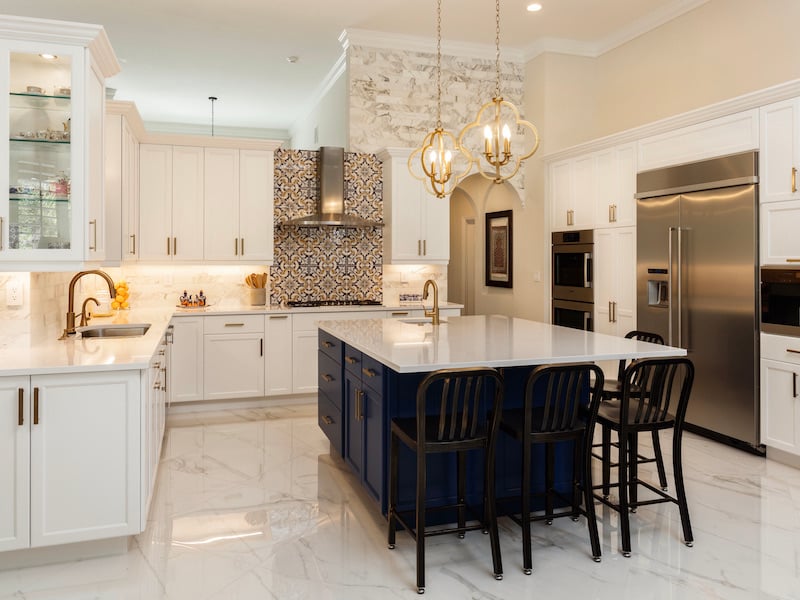
1. Range VS. Cooktop and Wall Oven Combination
The first step in planning your kitchen is deciding between a range or a separate cooktop and wall ovens—but what’s the difference?
A range combines both the cooktop and oven in one appliance, making it a space-saving choice that’s ideal for smaller kitchens. Alternatively, you can opt for a separate cooktop and wall ovens. This setup provides more flexibility, especially if multiple people cook at once, but it does require more space and a higher budget to accommodate the extra appliances. For those who love to entertain, combining a range with double wall ovens delivers maximum cooking capacity.
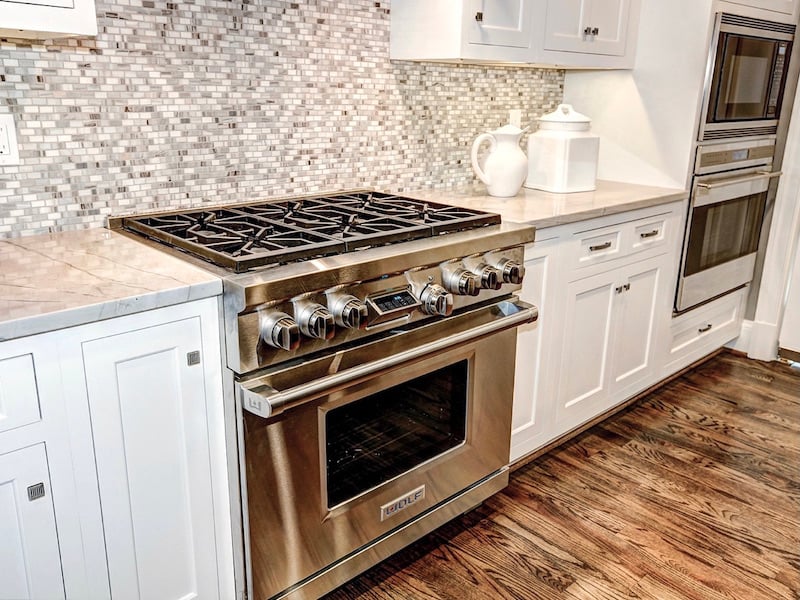
2. Gas VS. Electric
If your home has a natural gas line, you have the option to install a gas cooktop or range. The advantages of gas include instant heat control, compatibility with a wide range of cookware, and lower long-term operating costs compared to electricity. However, gas appliances can be costly to install and come with the risk of potential gas leaks.
Electric cooktops and ranges, on the other hand, are generally more energy-efficient and can be plugged into a standard electrical outlet. They often feature sleek, modern designs and can be seamlessly integrated into countertops. Smoothtop models are especially easy to clean since they lack the crevices found on gas burners. That said, electric models tend to heat up more slowly and offer less precise temperature control than their gas counterparts.
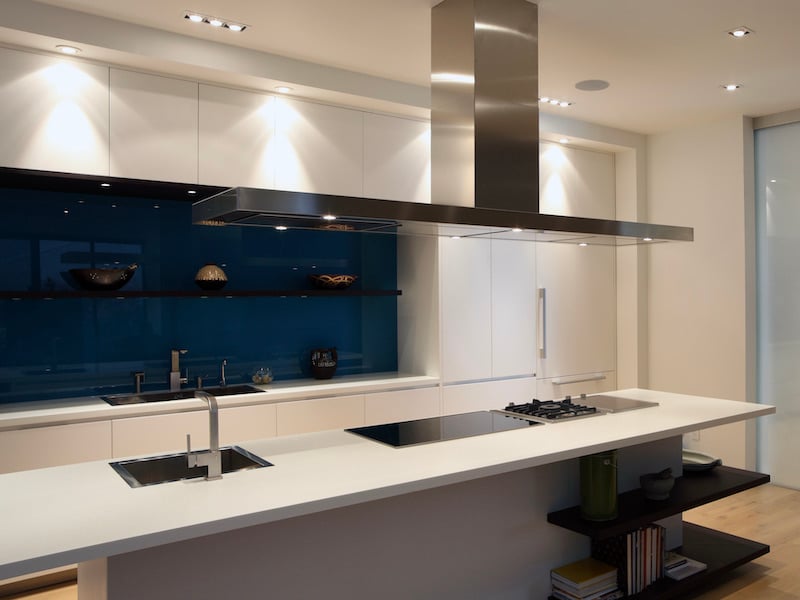
3. Burner Output
Before purchasing a gas or electric cooktop or range, check the heat output of each burner—higher output means faster cooking times.
Heat output for gas burners is measured in BTUs. A standard gas cooktop or range provides about 9,000 BTUs per burner, whereas commercial-style versions can exceed 20,000 BTUs. Electric burners have heat output that is measured in watts. Basic models typically deliver around 1,000 watts per burner, while premium models can reach up to 3,500 watts.
Gas and electric cooktops and ranges come in a variety of burner configurations to suit different cooking needs, kitchen layouts, and budgets. Most standard models include four burners, which are sufficient for everyday use. Higher-end models, however, may offer six to eight burners, along with additional features like integrated griddles, bridge elements for larger cookware, and other specialized options that enhance versatility and convenience.
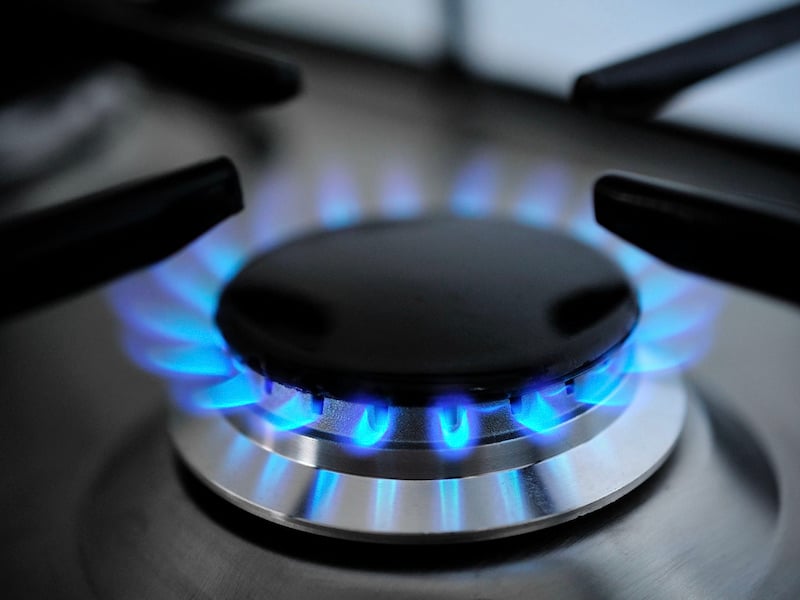
4. Ventilation Systems
An updraft ventilation system features a hood positioned above the cooktop to capture and remove steam and cooking odors by drawing air upward. In contrast, a downdraft system pulls air downward through a vent integrated into the cooktop itself. Whenever possible, have a professional homebuilder install a ducted system that vents air to the outside. This way, you can avoid relying on ductless updraft or downdraft systems, which only recirculate air back into your kitchen.
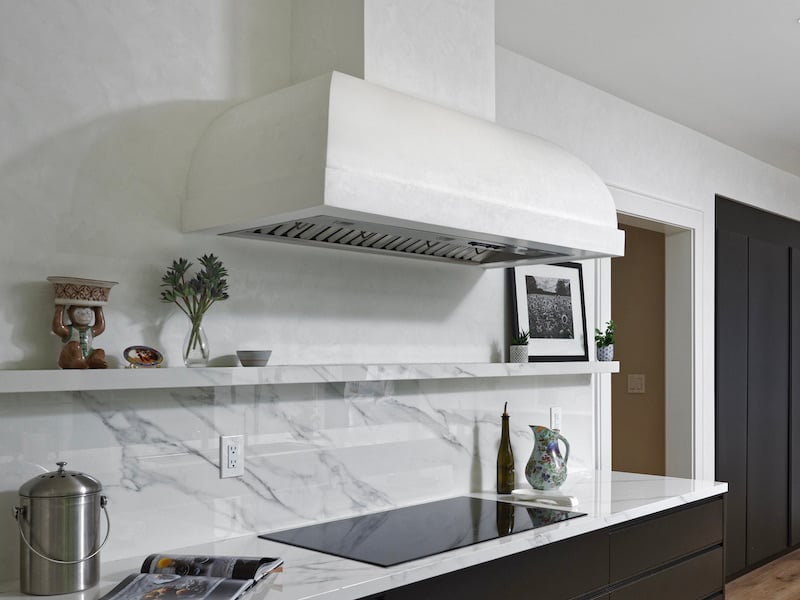
5. Types Of Cooktops
Opting for a cooktop and wall oven combination instead of a traditional range has several advantages. A cooktop allows for base cabinets underneath, making it easy to store pots and pans within arm’s reach. Available in a variety of styles, cooktops can complement any kitchen aesthetic. For a modern, streamlined look, an electric smoothtop is a great choice, while a gas cooktop pairs beautifully with traditional or transitional design. Plus, cooktops can be installed in a center island or along the kitchen perimeter, offering more flexibility when designing your ideal layout.
If you often have multiple people cooking at once, separating the cooktop and wall ovens into different zones can improve workflow. Wall ovens also offer ergonomic benefits—they can be installed at a convenient height to avoid bending over when lifting heavy dishes. In smaller kitchens, placing a wall oven in a base cabinet is a smart way to save space without sacrificing function.
The main drawback of choosing a cooktop and wall oven setup is the cost. Depending on the model, cooktops can range from a few hundred to several thousand dollars, and that’s before factoring in the price of one or two wall ovens.
Gas Cooktop
Gas cooktops offer precise temperature control, allowing you to adjust the flame with ease as you cook. However, they can be more challenging to clean than the smooth surfaces of electric or induction models. To make cleanup easier, choose a gas cooktop with sealed burners—these feature protective caps and metal drip pans around each burner base, which help contain spills and prevent messes from seeping underneath.
Because gas cooktops generate open flame, it's important that your contractor follows the manufacturer’s technical specifications during installation to ensure safety and proper ventilation. Also, keep in mind that most gas cooktops have front-facing controls, which are convenient for cooking but easily accessible to small children—something to consider if you have little ones at home.
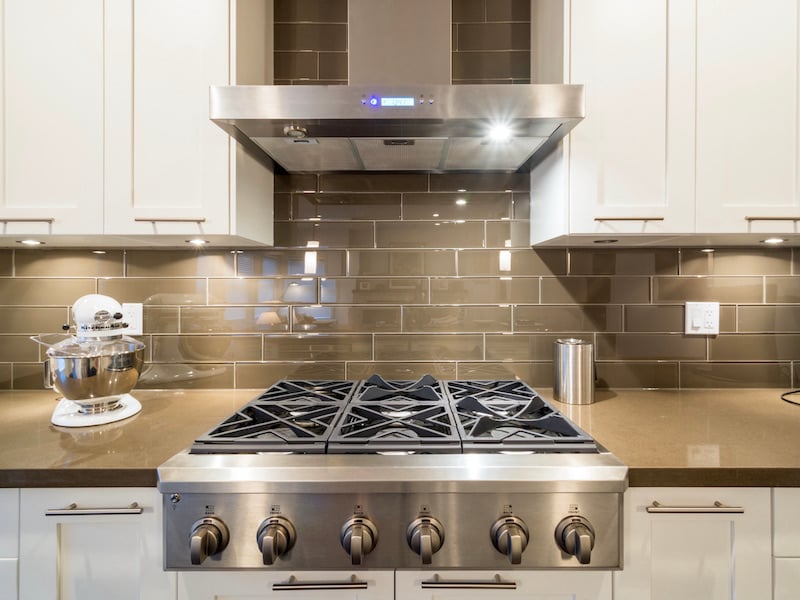
Electric Smoothtop Cooktop
Electric smoothtop cooktops have a sleek, modern appearance that fits seamlessly into contemporary kitchens. Their glass-like surface is easy to clean, thanks to the absence of grates or burner wells that can trap spills and debris. These cooktops provide consistent, even heating, making them reliable for everyday cooking. However, the smooth surface can be prone to scratches and other cosmetic damage, so care is needed when cleaning or using heavy cookware. For added safety, most electric smoothtops feature touch or dial controls located on the surface rather than on the front, making them less accessible to small children.
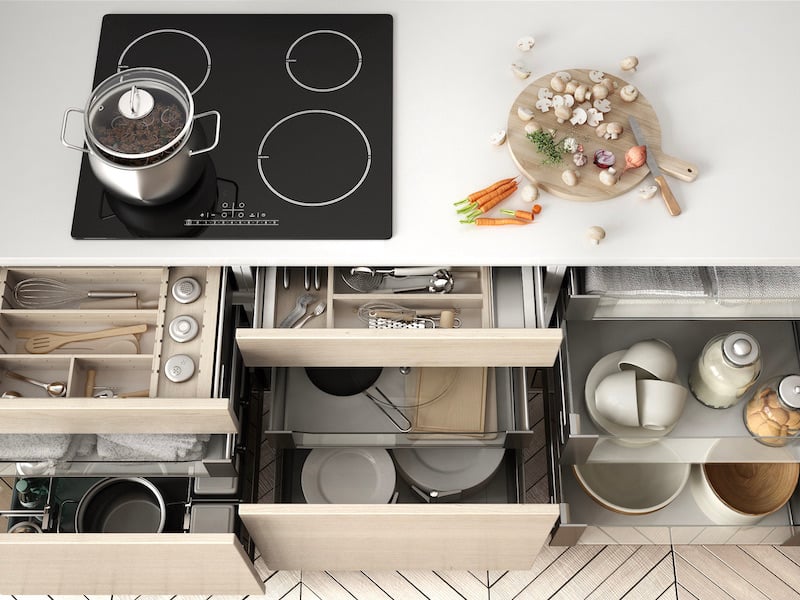
Electric Induction Cooktop
Electric induction cooktops heat up significantly faster than traditional electric or gas models, offering excellent efficiency and precision. While they tend to be a more expensive option, induction cooktops provide even heat distribution, which speeds up cooking and enhances control. One of their standout safety features is that the surface remains cool to the touch—only the cookware gets hot—so there's less risk of burns. This is because induction technology uses a magnetic field to generate heat directly in the pot or pan, much like how a microwave works. However, this also means you’ll need compatible magnetic cookware, which probably requires updating your existing set.
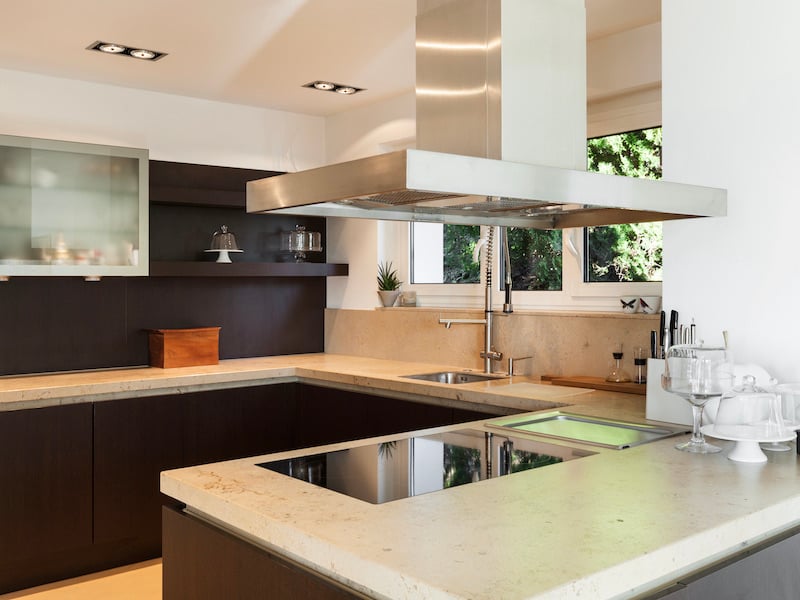
Electric Coil Burner Cooktop
Electric coil burner cooktops are typically the most budget-friendly choice. They feature exposed heating elements, which can pose a safety risk, but they heat up quickly and provide consistent, even cooking temperatures. One downside is that the coils and their surrounding areas have crevices where food and spills can collect, making cleanup more difficult than with a smooth surface. However, some models come with removable coil covers or drip pans to help manage mess and simplify maintenance.
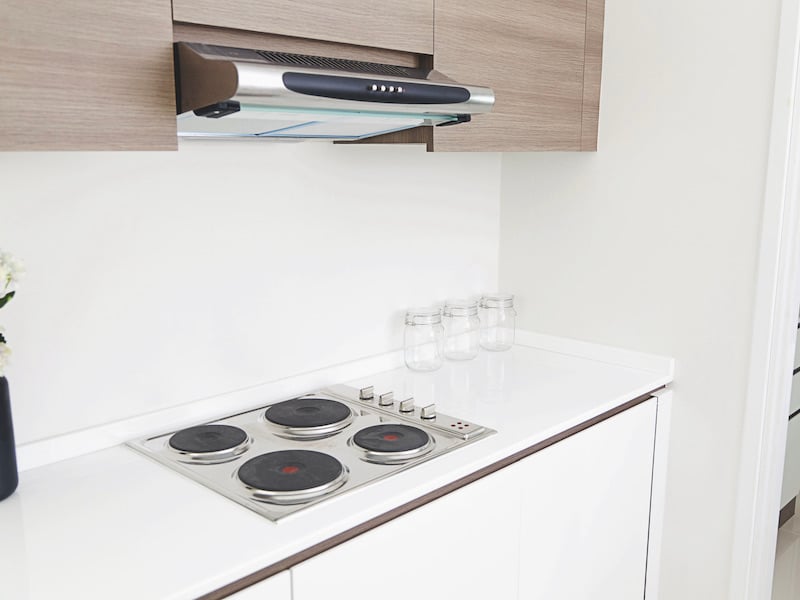
Tips For Designing A Highly Functional Kitchen
6. Types Of Ranges
Ranges are versatile enough to fit kitchens of any size. Standard models are typically 30 inches wide, making them a great space-saving option for smaller kitchens. For larger spaces, commercial-style ranges—which can measure 48 inches or more—offer expanded cooking capacity and can serve as a striking centerpiece, especially when finished in sleek stainless steel. The choice ultimately depends on your available space and how much cooking power you want at your fingertips.
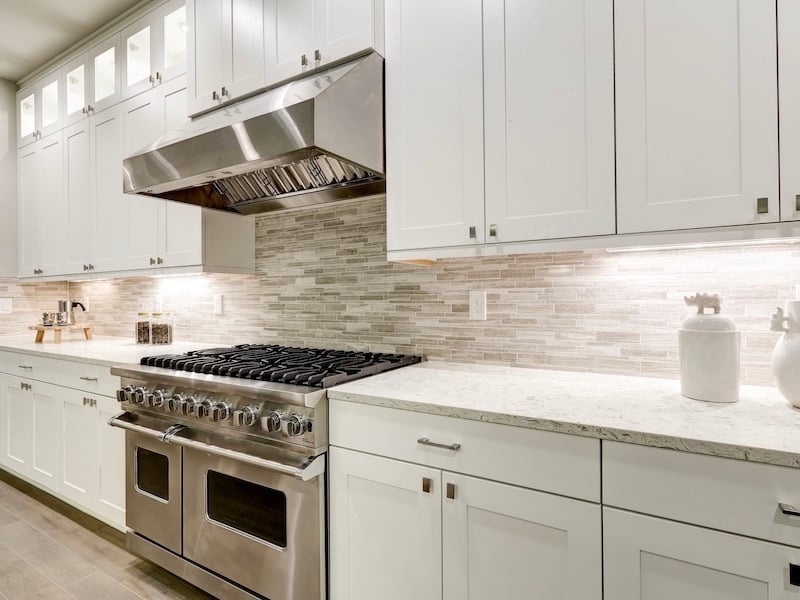
Gas Range
Ranges are available in both gas and electric models, so it’s important to check whether your kitchen has access to a natural gas line before making your selection.
Gas ranges are known for their quick heat response and precise control, often featuring convenient front-mounted knobs. Electric ranges, on the other hand, tend to be more affordable to install and easier to clean due to their smooth surfaces.
For those who want the advantages of both, dual-fuel ranges combine a gas cooktop—ideal for responsive cooking—with an electric oven that provides even, consistent baking. To further tailor your cooking experience, many manufacturers offer specialty modules such as steam units, griddles, woks, or deep-fryers, allowing you to fully customize your range to suit your culinary needs.
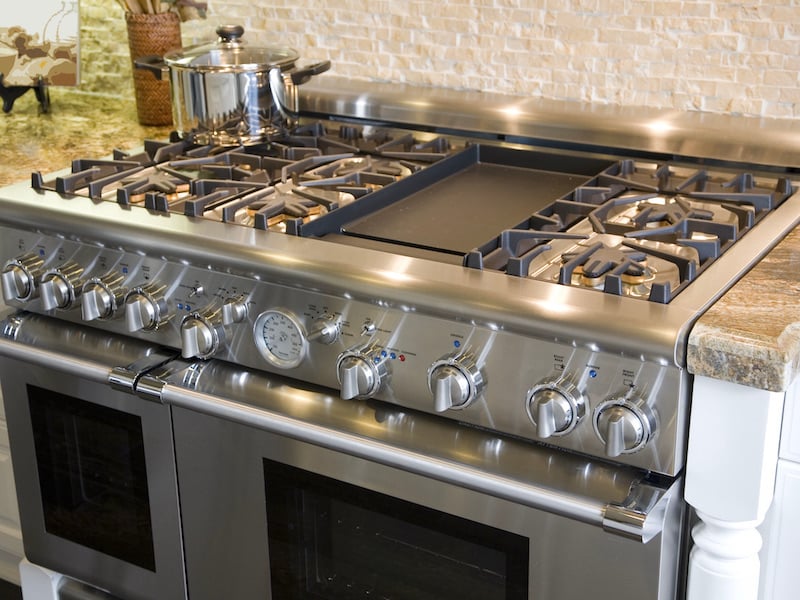
Electric Smoothtop Range
Electric ranges are a popular choice, especially in areas where natural gas service isn’t available. In recent years, manufacturers have significantly improved the performance of electric smoothtop burners, making tasks like boiling water noticeably faster than in the past. Additionally, electric ovens are known for maintaining consistent temperatures, which helps ensure more reliable and even baking results.
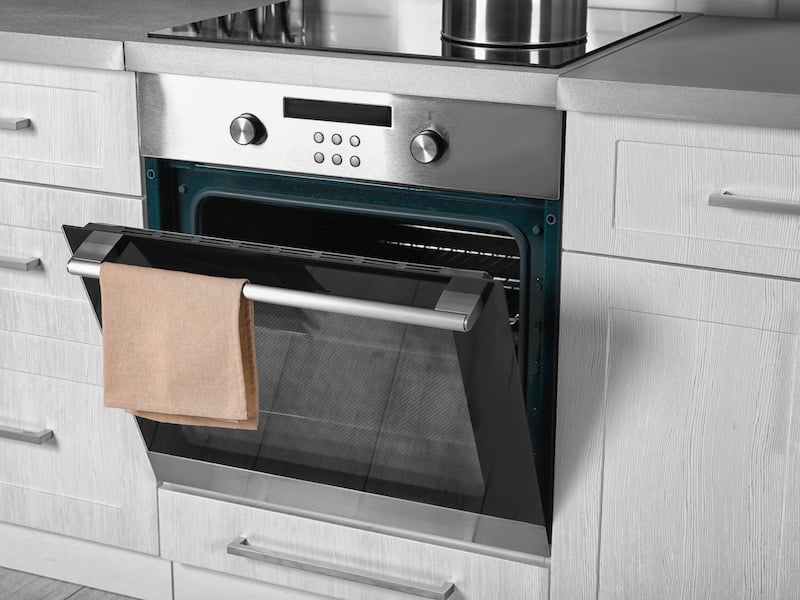
Making Your New Kitchen Fit Your Personal Style
Electric Induction Range
Traditional electric ranges heat cookware indirectly—electricity warms a heating element, which then transfers heat to the pot or pan. Induction ranges, on the other hand, use magnetic coils to heat the cookware directly, leaving the cooktop surface cool to the touch. This technology is not only energy efficient but also safer and easier to clean. However, induction ranges require compatible magnetic cookware and tend to be more expensive than other options.
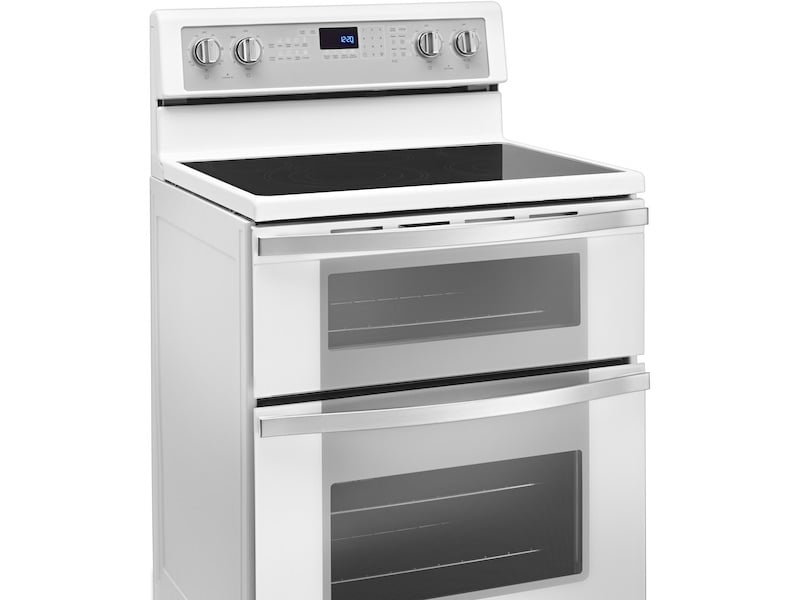
Electric Coil Burner Range
The most budget-friendly ranges available are those with coil burners. While they offer basic functionality at a low cost, the exposed heating elements can pose a safety hazard, are harder to clean, and tend to have a less modern appearance. For a safer, more stylish, and easier-to-maintain option, a smoothtop range may be a smarter investment, especially if aesthetics and convenience are important to you.
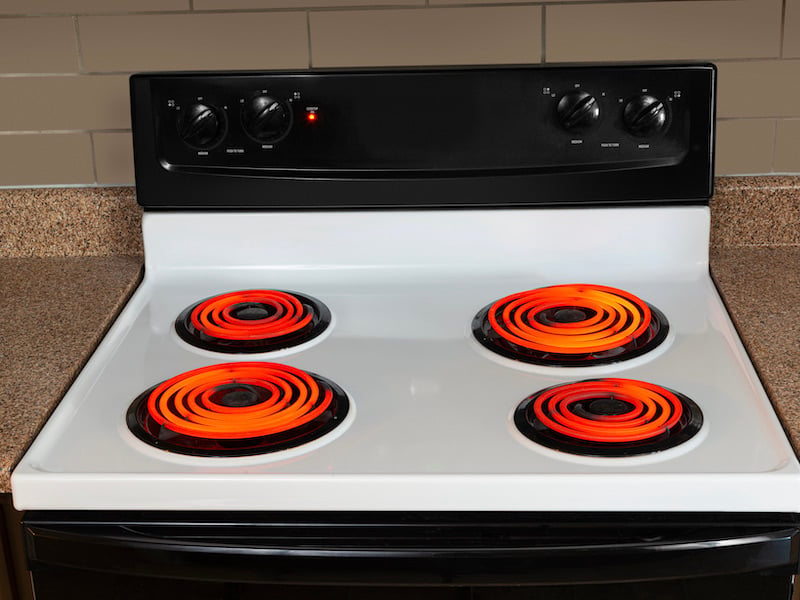
At Meridian Homes, we specialize in luxury remodeling and custom home building in the Washington, D.C. area. Our mission is to create exceptional residences that exceed expectations. Our highly personalized design process and careful management of every project have earned us a reputation over many years for outstanding client service and solid, beautiful craftsmanship. Contact us today to begin your custom home or remodeling project.




